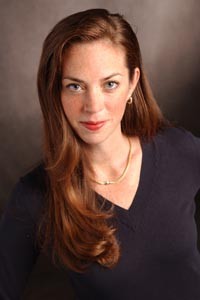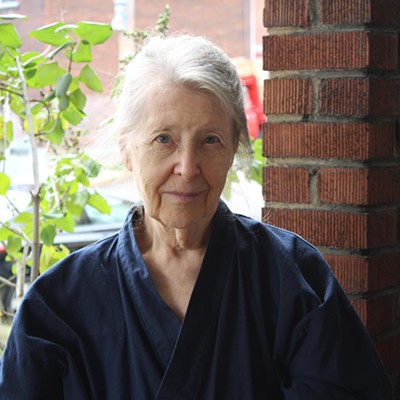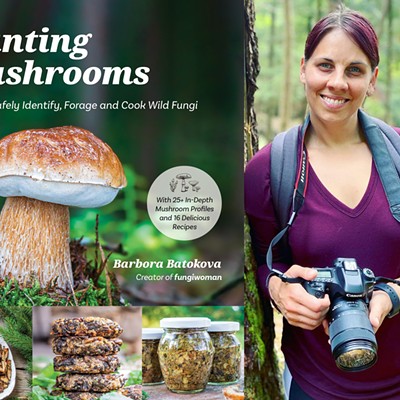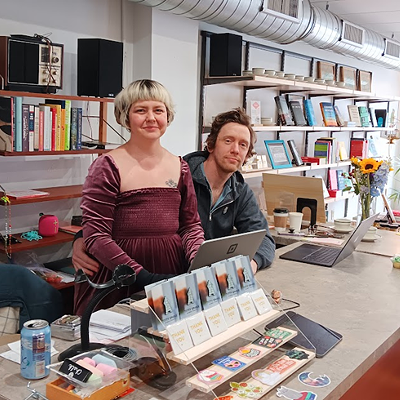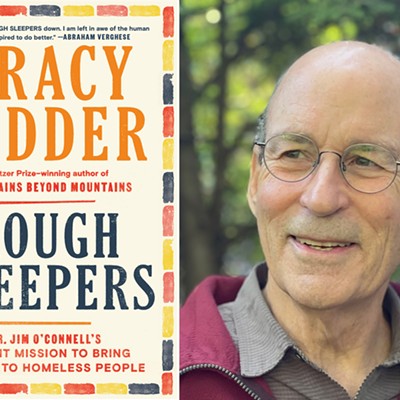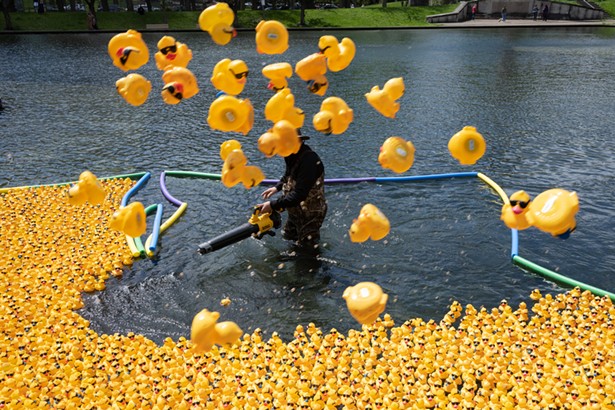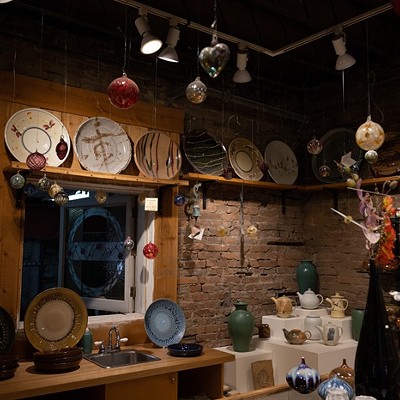In the three years since her first novel was published, Heather Terrell has gone from lawyer-turned-author to just plain author. Like her first two novels, Brigid of Kildare (Ballantine Books) is an art-history thriller -- a story spun around a single artwork, its parallel plots set in the present and the past. But Brigid, published in February, is more on the "history" side than either The Chrysalis or The Map Thief: Its story of a present-day art-appraiser discovering a legendary illuminated manuscript is overshadowed by the speculative story of that book's creation. It's set in fifth-century Ireland, where the young woman who'll become St. Brigid has one foot in traditional pagan society and the other on the path that will make her (apostatically) Ireland's first female priest and bishop. Terrell spoke with CP from her home in Sewickley.
What inspired Brigid?
I started reading about this book called the Lost Book of Kildare. It's an Irish illuminated manuscript that was so beautiful that the last time it was seen, in the 11th or 12th century, it was described as being made by angels. It seemed like it might have been made either at the hand or [under] the instruction of St. Brigid, one of the patron saints of Ireland, and [that] it might have been a book that contained one of the very first images of the Virgin Mary.
Brigid contrasts women's status in ancient Ireland with their role in contemporaneous Rome.
[Brigid] came from a culture in which women did have rights. Women could be lawyers, they could be druids, they could be queens, they could own land.
Why work the apocryphal Gospel of Mary into Brigid's life?
The parallel's certainly there between Mary and Brigid. They must have been incredibly strong, bright -- devout, of course -- women, and we don't know that much about them. One of the first images of the Virgin Mary in a manuscript was the Book of Kells, which is eighth century. How did she become this object of worship? What if it was Brigid?
As she's originally reading these [Christian] texts, she's not seeing many women. And the women that she's seeing are not the women she can really relate to. In some of these apocryphal Gospels, Mary goes into the temple, she becomes educated; she's a very strong personality. She stands up to the priests. She makes her will known, and these are things that would have spoken to Brigid, much as they would have spoken to a modern-day woman.
What kind of feedback has Brigid generated?
Two different kinds: people who have an affiliation with saints, and people who have an affiliation with Irish history. There's a lot of both. I think people appreciate the more realistic view of her, and the struggles she must face to become the force that she was in ancient Ireland -- the kind of things she might have had to do in order to convert people, and to educate people, and to help people.

